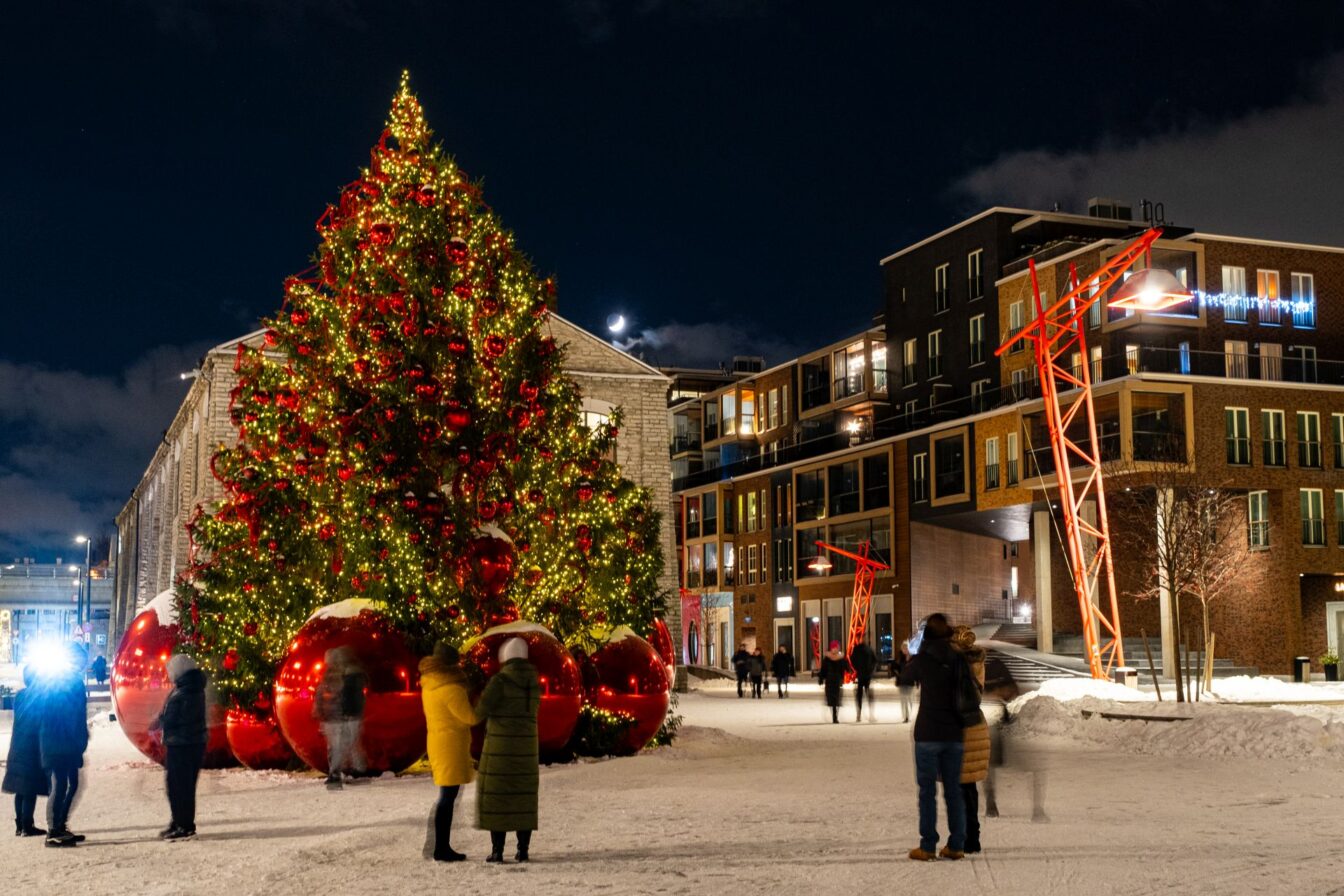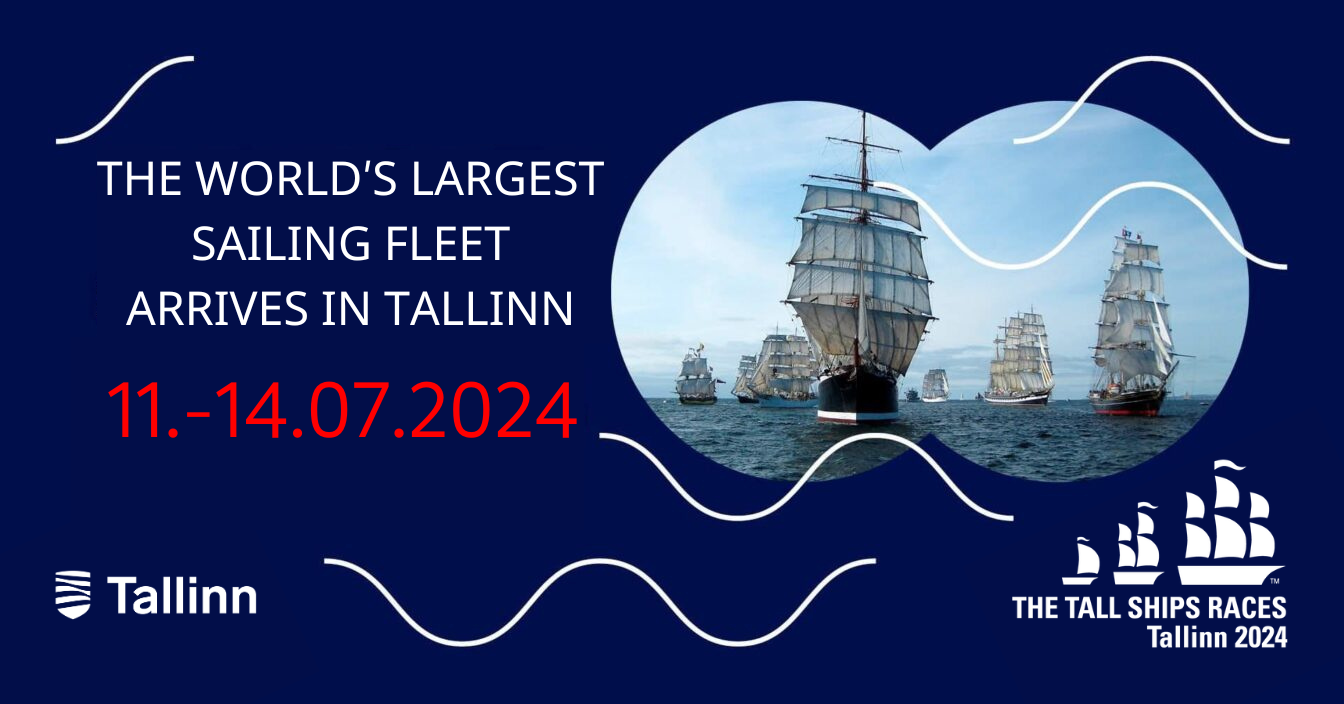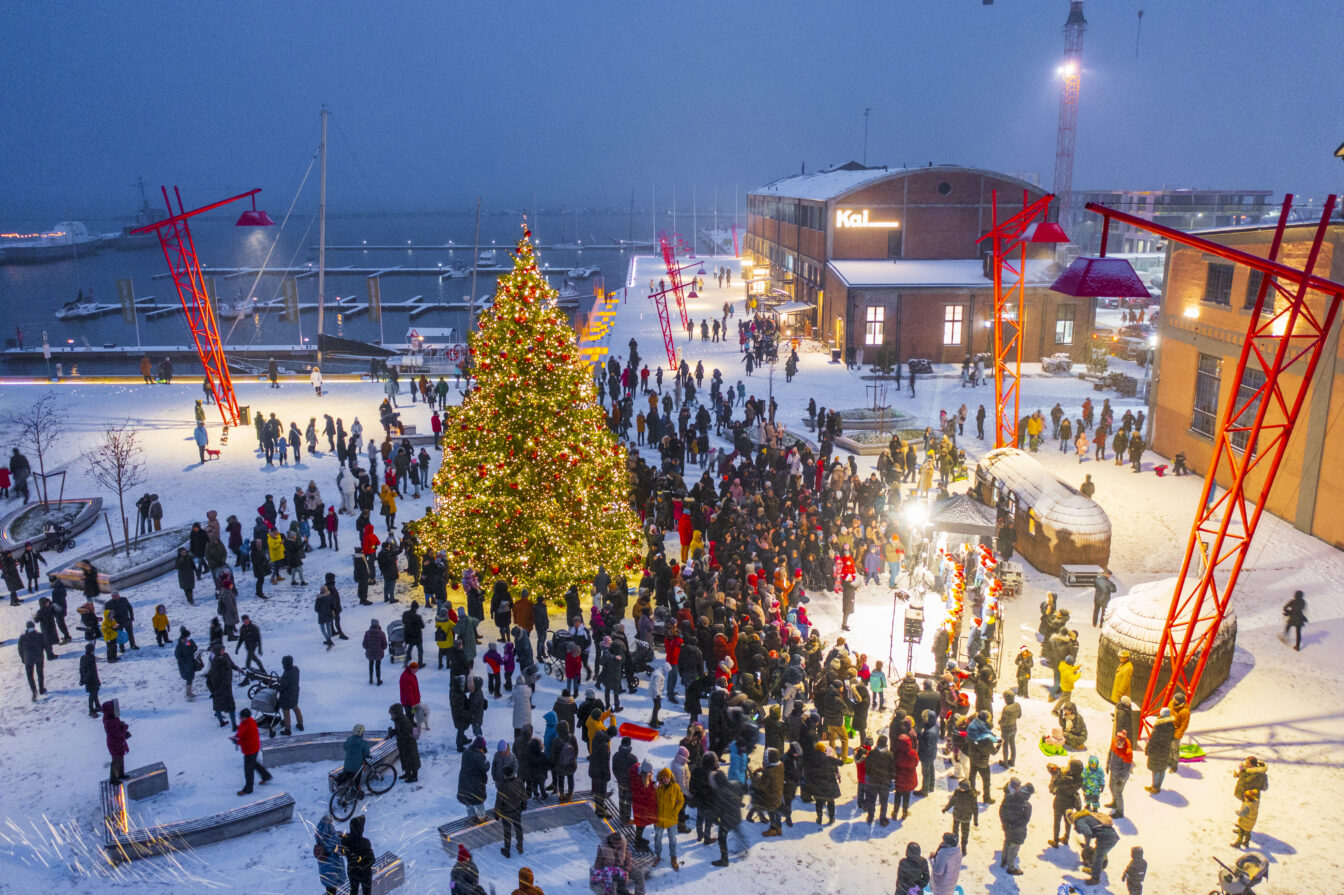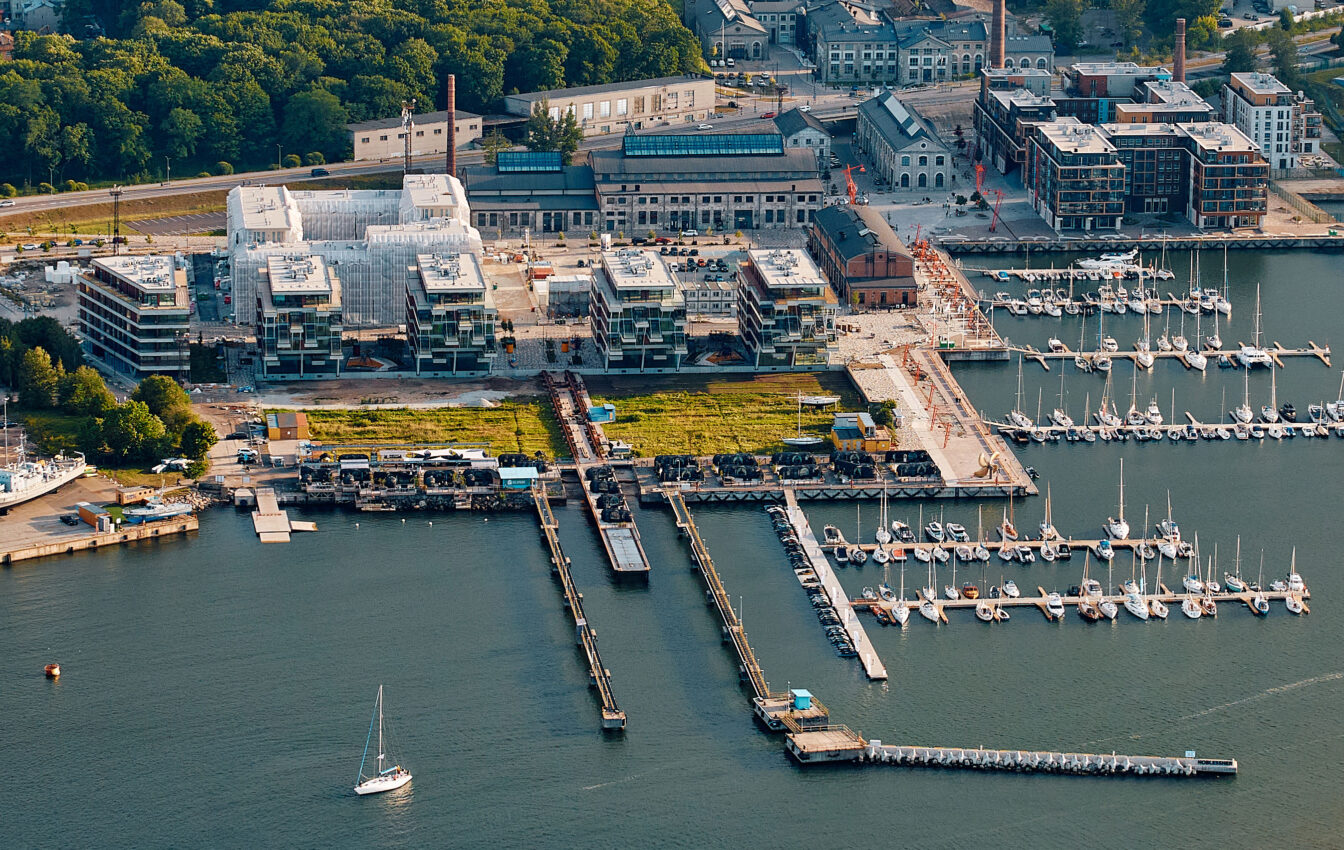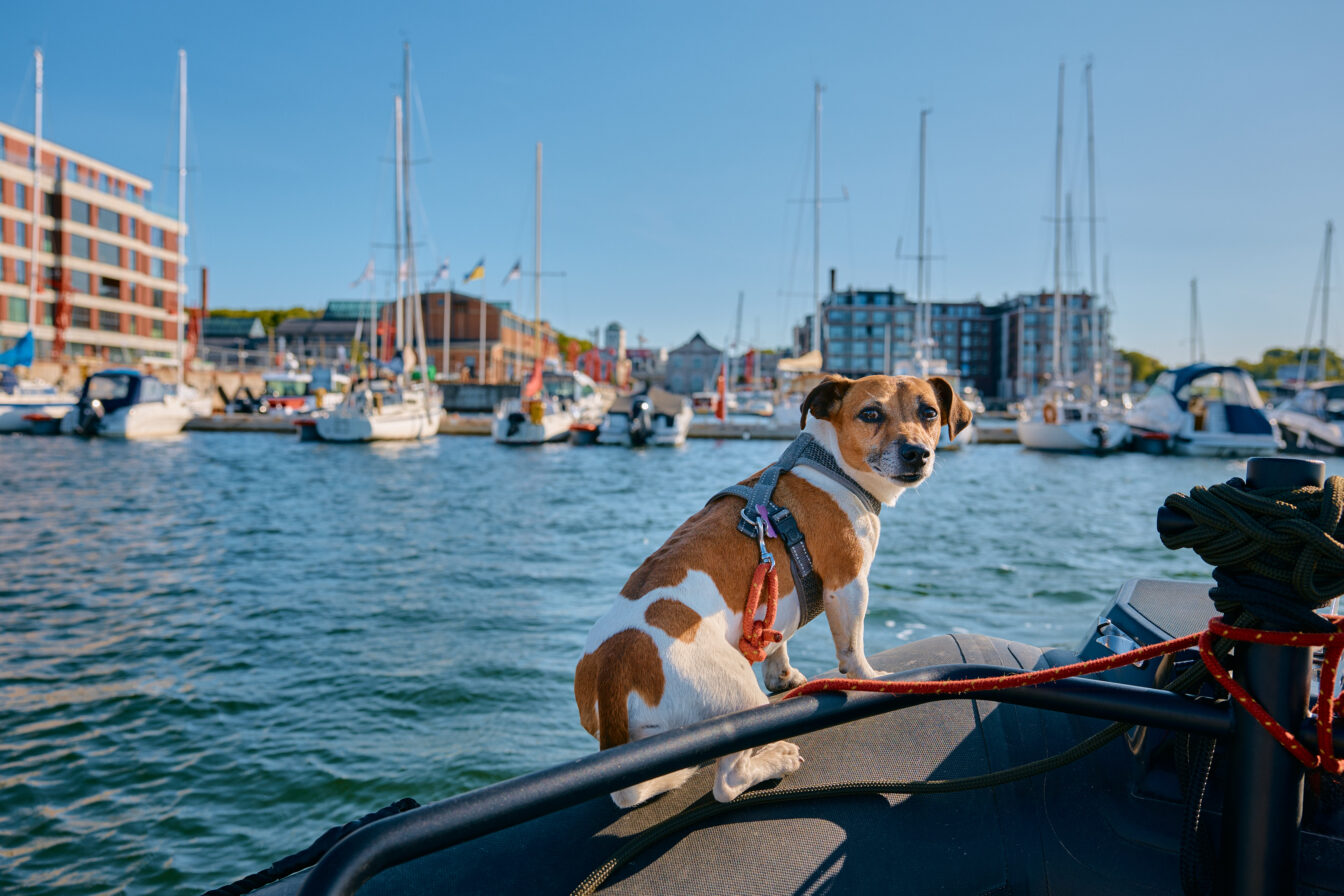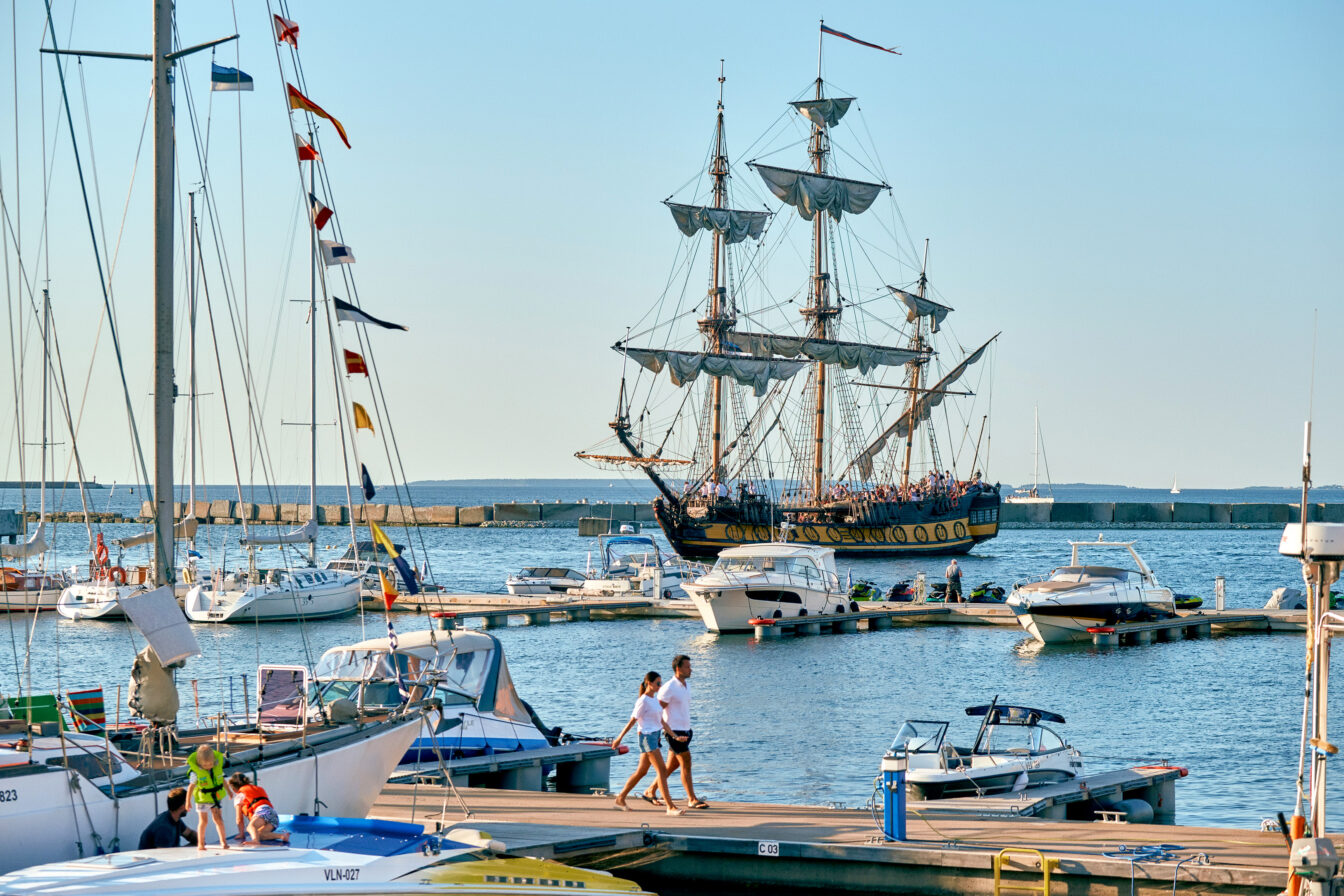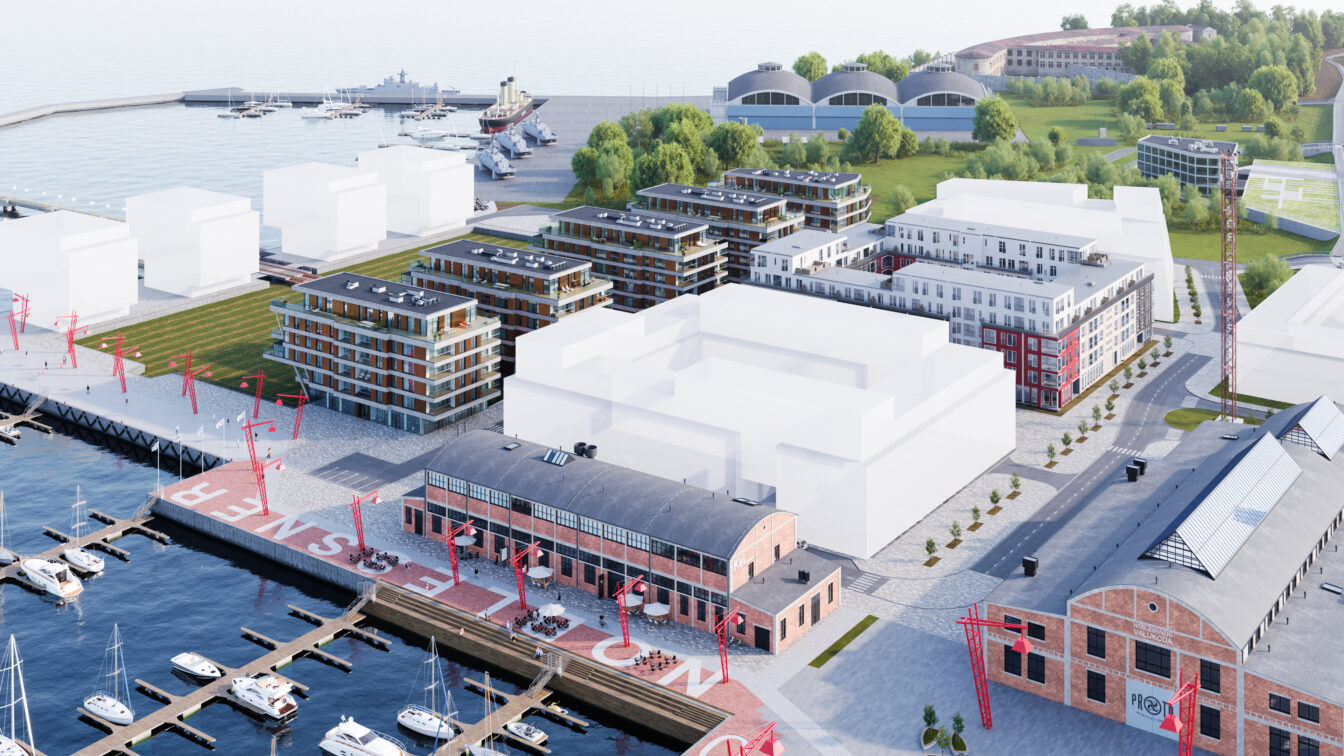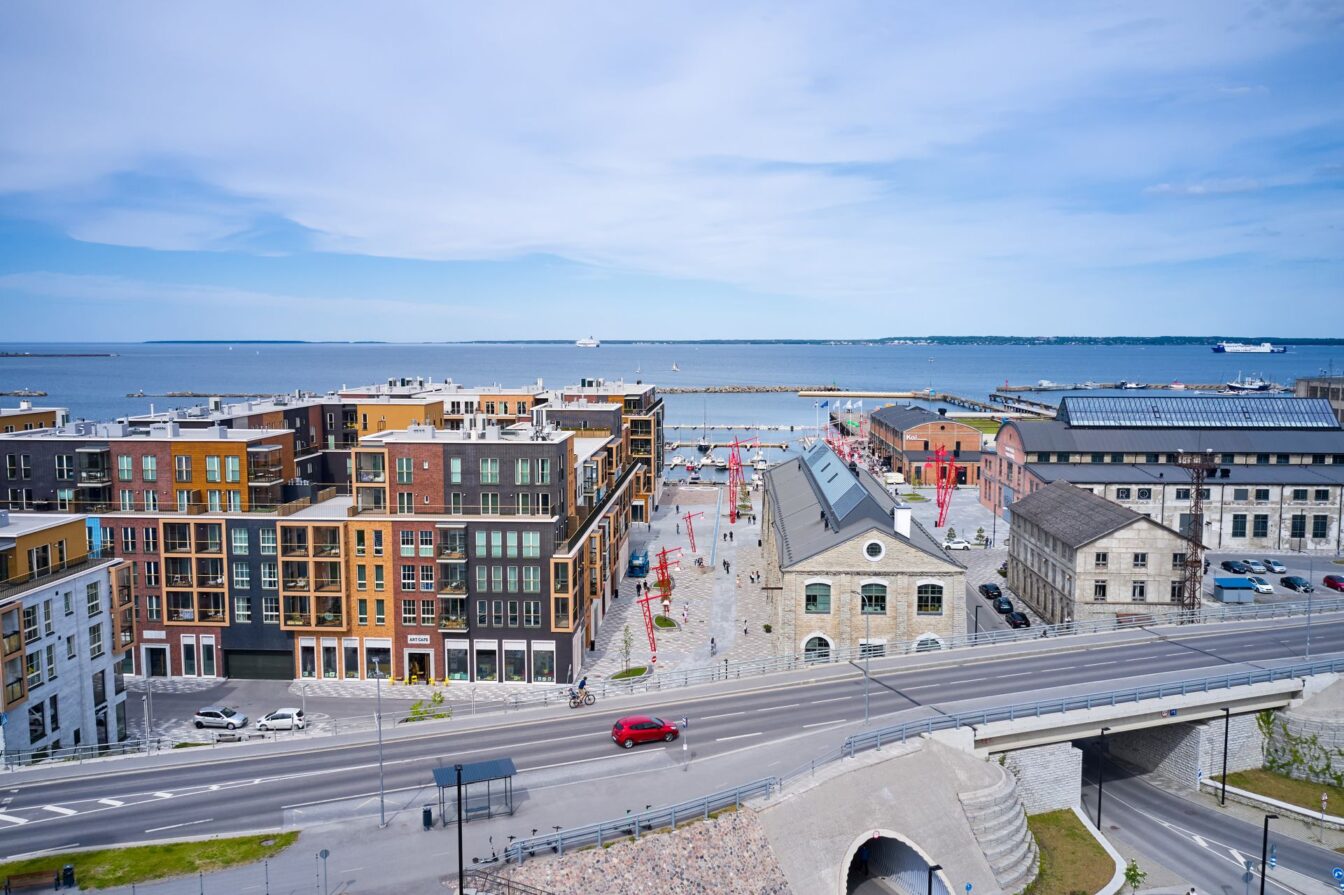The history of Noblessner dates back to 1912, when Imperial Russia’s principal submarine shipyard was established here by two St. Petersburg businessmen: Emanuel Nobel (nephew of Alfred Nobel) and Arthur Lessner. The shipyard was named Noblessner after the family names of the two men. A total of 12 modern submarines were built here between 1913 and 1917. The submarine production ended when Estonia became independent in 1918 but shipbuilding and ship repairs have continued in Noblessner until August 2018.
Emanuel Nobel was a colourful person and as talented as his world famous uncle Alfred. Besides managing Branobel, the family oil company, Emanuel established the world’s first diesel engine factory, which also produced engines for Noblessner submarines.
He was the owner of an outstanding collection of Fabergé jewellery and a lover of art and sumptuous dinners. In 1888, emperor Alexander III of Russia personally offered him Russian citizenship, and Emanuel accepted.
Much thanks to him the world knows about the Nobel prizes. After Alfred Nobel died, his heirs contested the will, whereby most of his estate was provided for the establishment of the Nobel Foundation and the prizes. After two years of disputes and negotiations, Emanuel eventually succeeded in achieving an agreement for the execution of his uncle Alfred’s will.
In 1916 the shipyard received an order for 20 large ocean-going submarines, but because of the 1917 October Revolution, these were never built. The shipyard was declared bankrupt in 1925 due to a lack of orders and the buildings were divided between various enterprises, which also built smaller ships here. At the beginning of the Soviet occupation, the fragmented enterprises were once again merged. In 1944–1951 the shipyard was called Tallinna Meretehas (Tallinn Marine Factory) and it repaired the Baltic Fleet’s minesweepers. Over the following decades, the shipyard operated under the names Marine Factory No. 7 and Shipyard No. 7, building vessels for the Soviet Navy and repairing whaling vessels and fishing trawlers. After Estonia became independent again in 1991, the shipyard was named Tallinna Meretehas (Tallinn Marine Factory). This is where the submarine Lembit was repaired before it was handed over to the Estonian Maritime Museum.
From the bankruptcy of the Tallinn Marine Factory in 2001, the shipyard belongs to BLRT Grupp AS, which develops the Noblessner Marina area.
